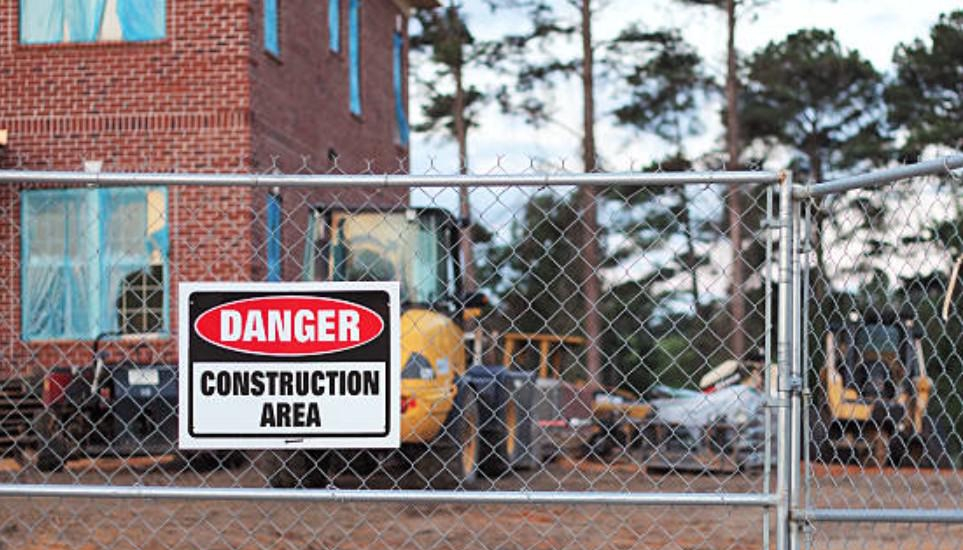A Guide to temporary Fence Hire Prices During Home Construction or Renovation

Temporary fencing may be required while building a new home or totally renovating a building. It provides safety security and compliance. To manage entry to workspaces councils may require fencing. The other reason to hire a fence is to protect equipment materials and incomplete works. There are many important factors affecting prices. Total cost depends upon the size location and rental period. Homeowners builders and renovators should be aware of these cost factors beforehand. Without proper planning or special arrangements costs can rise unexpectedly. Temporary fencing is typically rented weekly or monthly by the meter. The total cost may also include setup removal and delivery. For longer periods of hire some suppliers provide reduced prices. Prices should be compared and any extra charges requested. It's possible to avoid surprises and improve your budget if you are aware of the cost of fence rentals.
How Location Affects Temporary Fence Hire Costs
Temporary fence hire prices are influenced directly by your location. Urban areas normally have higher labour and transport costs. Fuel surcharges and extended delivery schedules may be involved for regional or remote areas. High population cities often require extra safety measures or council approval. Overall hire cost could rise due to these new stipulations. Strict hire setup timetables in urban locations can also produce greater urgency charges. Because of availability of suppliers, their prices can be lower in busy construction regions. The opposite may be true for low-demand areas where there could be higher priced and reduced selection. Transport fees are affected by distance from the depot of the hire company. Additional charges may be added if fences have to be moved over difficult ground. In addition, the local council may require regulations that influence the kind or the height of fences. Especially if specialty fencing has to be used, this impacts cost. Ensure no local permits or regulations are in force before contracting.
Comparing Short-Term vs Long-Term Temporary Fence Hire Costs
The average length of short-term hire for a fence is a week or two. It suits short-term building construction or improvements. Major additions or new home construction usually need a long-term rental. While rates for short-term hire per week may seem less setup fees remain the same. They include pickup installation and delivery regardless of the length of the rental. Long-term employees get lower rates weekly or monthly. There are providers with discounts after more than a month of employment. Clarifying extension fees at an early time is important in long-term undertakings. Unanticipated delays might result in hire times to surpass the original budget. Additional fees may be levied in those situations without notification. By comparing the two types of hire you can select the most suitable one for your needs. Flexible extensions and long-term contracts could be beneficial to homeowners on a limited budget. If fences are required for temporary use only however short-term rental negates storage issues. Be sure always to request suppliers to outline how temporary fence hire prices change over time. It avoids misunderstandings and helps in effective construction budgeting.
How Temporary Fence Hire Costs Are Shared on Joint Building Projects
A number of owners or proprietors are typically involved in mutual building projects. There needs to be explicit communication from the start regarding the rental fee for a temporary fence. Make a decision about who hires out and pays the advance. Subsequently, costs can be split according to project size or land ownership status. Subdivisions or duplex building can have costs divided equally. Unequal land sizes or schedules might require adjusted contributions. Written contracts avoid future conflict over cost responsibility. These should specify who pays for setup, transportation and other costs. The initial cost agreement might need to be renegotiated if the project's duration is changed. One contractor's tardiness could result in longer hiring times for others. Maintenance of equal treatment of cost adjustments requires constant communication. Some joint ventures allow several billing contacts from fence rental companies. This facilitates cost tracking in various invoices or accounts. Less complicated financial planning is facilitated by documentation and saving receipts.


